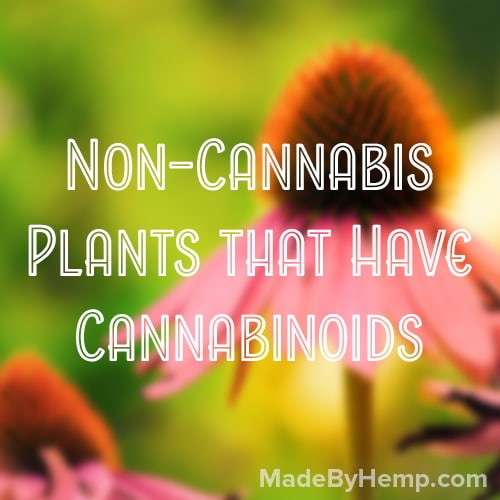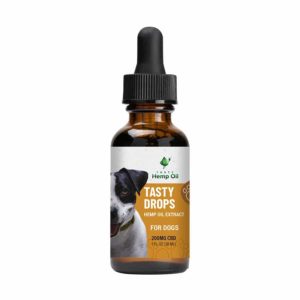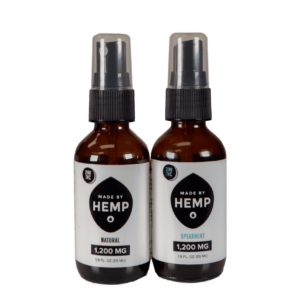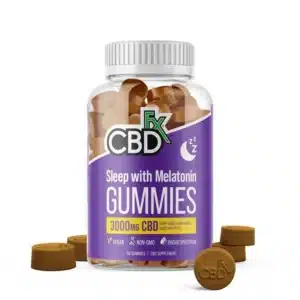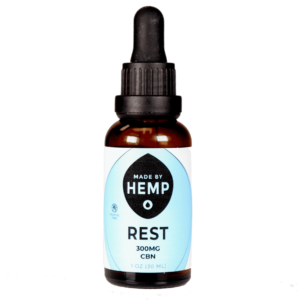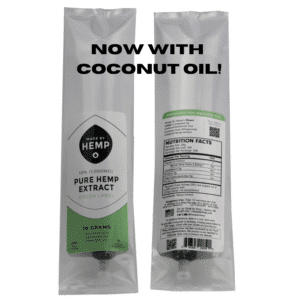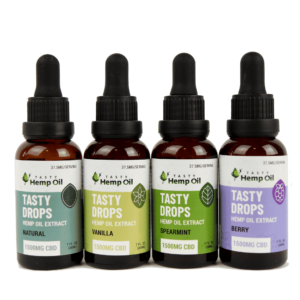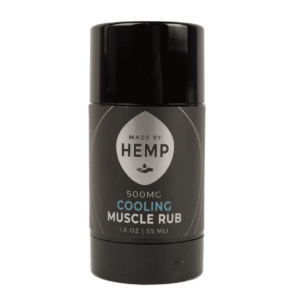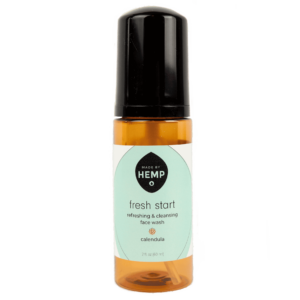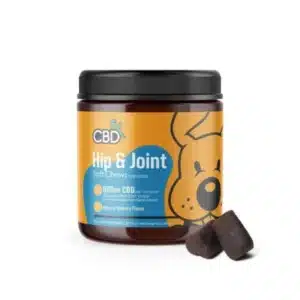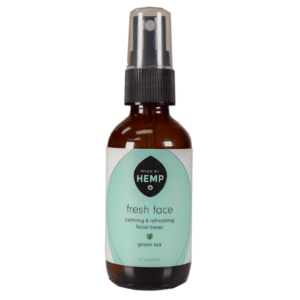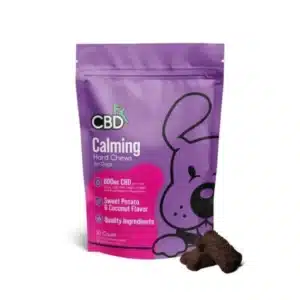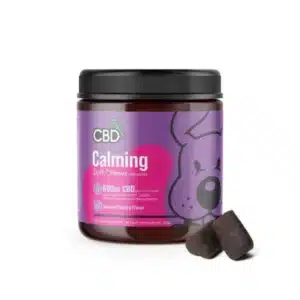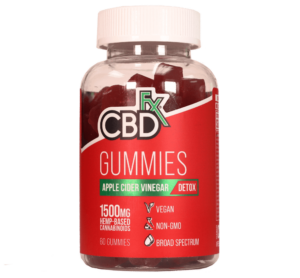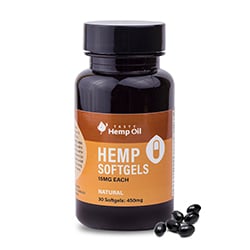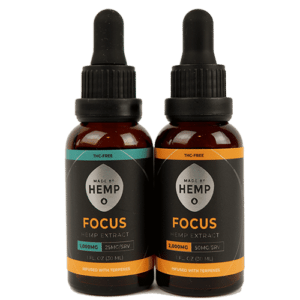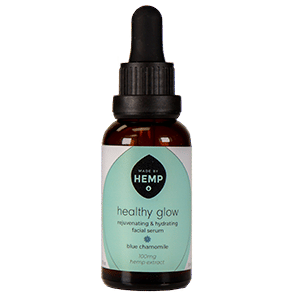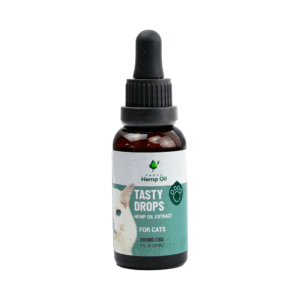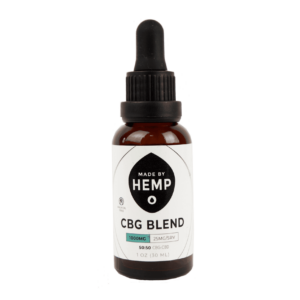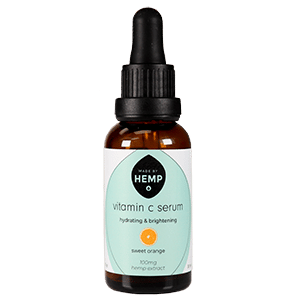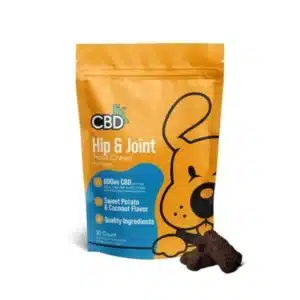A huge discovery was made in 1992 that has had a ripple effect on the way we look at plants and alternative remedies. Until cannabis was first (seriously) studied 50 years ago, we didn’t know about this vital system in the body. Amusingly, this means all of the terms surrounding this system are derived from the word “cannabis.”
Everyone has an endocannabinoid system (ECS) with a duty to keep the body in a neutral state. The ECS is comprised of “cannabinoid receptors” attached to cells in the brain, central and peripheral nervous system to regulate many functions within the body.
Thanks, Dad

It wasn’t until Dr. Mechoulam, whose nickname “Father of Cannabis” is well deserved, sought to learn why cannabis affects us the way it does. Specifically, why does marijuana make you “high”?
As it turns out, cannabis is naturally brimming with compounds called cannabinoids. When Dr. Mechoulam first isolated a cannabinoid 50 years ago, he officially answered this question. The cannabinoid guilty of causing the well-known psychotropic effects of marijuana is THC.
All compounds that interact with our cannabinoid receptors offer unique ways to support the body. Let’s talk about plants that share these ECS-supporting compounds.
Other Plants With Cannabinoids
Now that we know how to identify cannabinoids, we’ve come to learn that other plants have them, too!
Black Pepper
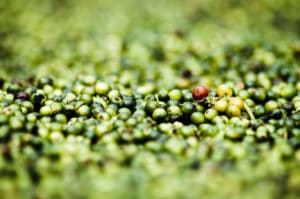
The characteristic taste and aroma of black pepper come from beta-caryophyllene (BCP), which is a terpene also found in cannabis. Although terpenes are not the same as cannabinoids, they’re synergistic and some, like BCP, interact with our cannabinoid receptors.
Coneflower (Echinacea)
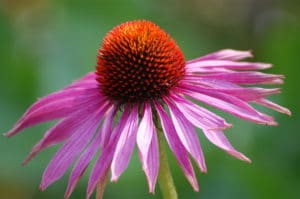
This gorgeous flower, with pink petals and a spiky redbud, is commonly used in alternative remedies for colds, migraines, and anxiety. Within this flower is a series of compounds called N-alkyl, which are similar to cannabinoids in that they interact with certain cannabinoid receptors.
Chocolate (Cacao)
Who doesn’t love chocolate? It’s often called a comfort food…and turns out, there’s actual validity behind that. Yay!
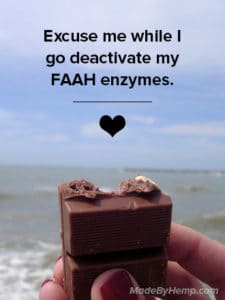 Chocolate’s role in the ECS is a little more challenging to explain. First, understand that the reason our bodies even have an ECS is that we produce endo-cannabinoids all on our own. The main endocannabinoid is anandamide, which comes from a Sanskrit word meaning “joy, bliss, delight.” Anandamide got its name because of the pleasurable, blissful or perhaps euphoric feelings it can bring. Cacao deactivates the FAAH enzyme, which usually breaks down anandamide. So, essentially, it allows more anandamide to build up in the body.
Chocolate’s role in the ECS is a little more challenging to explain. First, understand that the reason our bodies even have an ECS is that we produce endo-cannabinoids all on our own. The main endocannabinoid is anandamide, which comes from a Sanskrit word meaning “joy, bliss, delight.” Anandamide got its name because of the pleasurable, blissful or perhaps euphoric feelings it can bring. Cacao deactivates the FAAH enzyme, which usually breaks down anandamide. So, essentially, it allows more anandamide to build up in the body.
What About Cannabinoids in Hemp?
We should probably clarify something for those of you who use our hemp oil supplements or topicals. Hemp does contain cannabinoids namely CBD and sometimes CBDa but it has such a minuscule amount of THC, that it does not possess psychotropic effects like marijuana. Still, it’s full of CBD and synergistic terpenes that can help support the ECS without causing a “high.”
We hope you’ve learned a little more about your body and how certain plants interact with your endocannabinoid system. We encourage you to show this system some love so that it can do its job properly. Our hemp oil supplements are a great way to add some to your daily routine.
Sources

